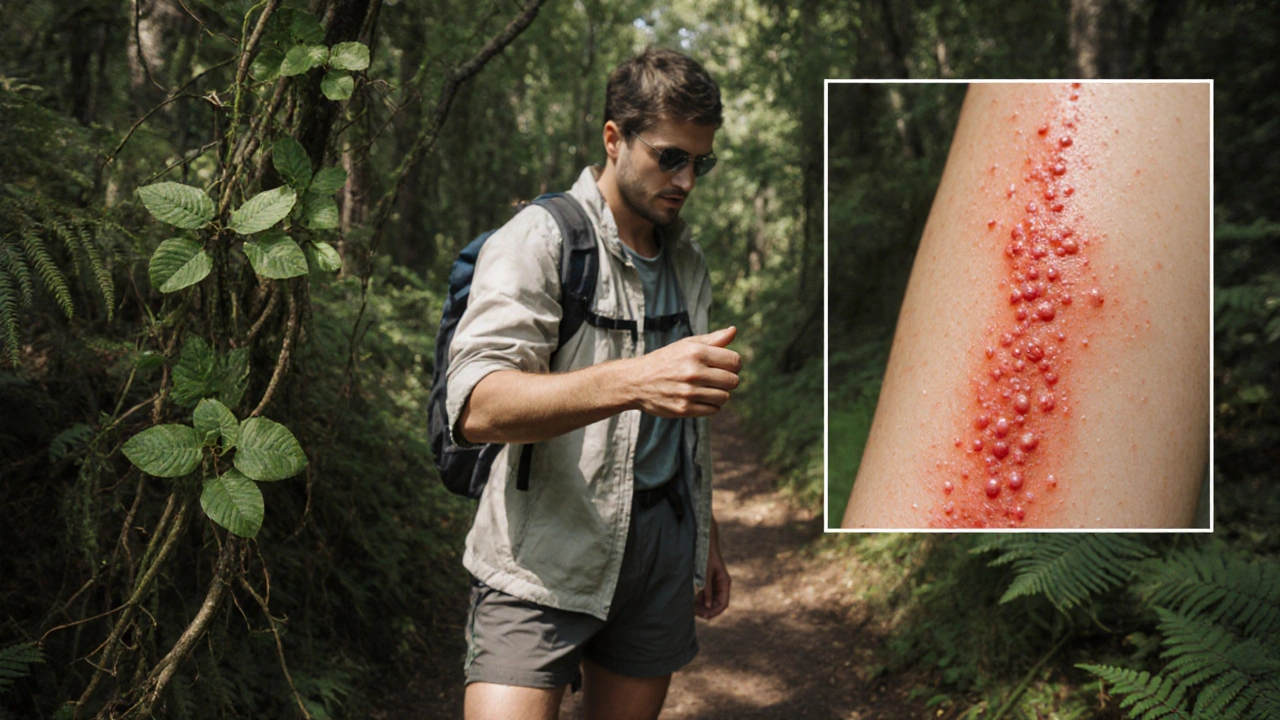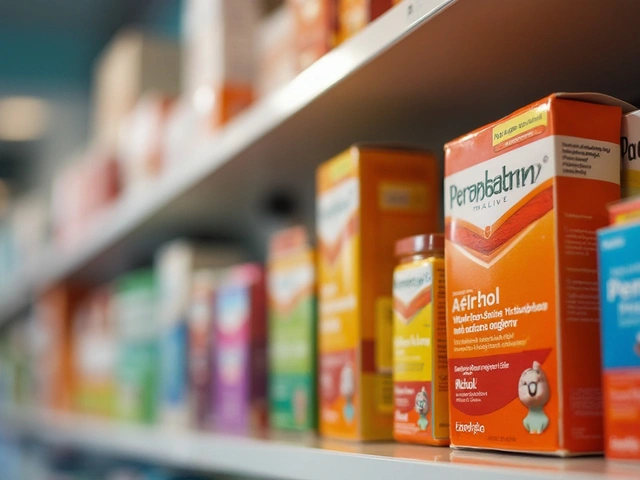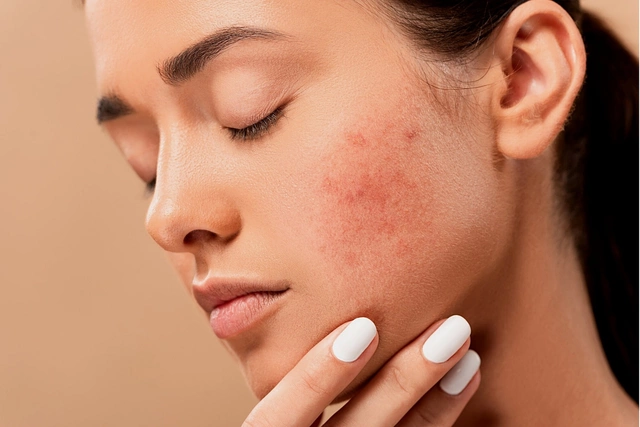Phytophotodermatitis: What Happens When Plants Meet Sunlight
When dealing with phytophotodermatitis, a skin reaction triggered by plant chemicals and UV light. Also known as plant‑induced photosensitivity, it turns a harmless splash of juice into a painful, discolored rash that can last weeks. The condition shows up most often after contact with furocoumarins, phototoxic compounds found in many common plants followed by exposure to UVA radiation, the longer‑wavelength UV light that penetrates deep into the skin. If you’ve ever noticed a strange, burning welt after a day at the beach with a slice of lime, you’ve experienced this exact cascade.
Why Certain Plants, Foods, and Sunlight Combine to Harm Skin
The key players in phytophotodermatitis are the chemicals, the light, and the skin’s response. Furocoumarins act like tiny suns within the plant; once they sit on the skin, UVA photons energize them, creating reactive oxygen species that damage skin cells. This damage manifests as erythema, blisters, and later, hyperpigmented patches. Citrus fruits, especially limes, lemons, and bergamot, are rich sources of furocoumarins, which is why “lime disease” is a nickname for severe cases. But it’s not just citrus—celery, figs, parsley, and even some ornamental plants like giant hogweed contain enough of these compounds to trigger a reaction.
Understanding the timing matters too. The skin’s phototoxic response peaks within 24‑48 hours after exposure, giving the impression that the rash appeared out of nowhere. This delayed onset often leads people to misattribute the cause, complicating diagnosis. In clinical practice, dermatologists look for a pattern of irregular, streaky hyperpigmentation that matches the shape of the plant contact, a classic clue for phytophotodermatitis.
Beyond the chemicals, individual susceptibility plays a role. People with a history of sunburns, lighter skin tones, or existing photosensitivity disorders (like lupus) tend to react more severely. Medications that increase photosensitivity—such as certain antibiotics or diuretics—can amplify the effect, turning a mild exposure into a major flare.
From a treatment standpoint, the first step is to stop further exposure and wash the affected area with soap and cool water to remove any residual plant material. Topical steroids can reduce inflammation, while cool compresses soothe burning sensations. In more extensive cases, oral antihistamines may help control itching, and dermatologists may prescribe wound‑care creams to aid healing. Prevention, however, is far simpler than treatment.
Practical prevention tips revolve around three habits: identify high‑risk plants, protect skin, and clean promptly. When handling citrus fruits for cooking, bartending, or gardening, wear gloves and long sleeves. Apply a broad‑spectrum sunscreen that blocks UVA—most chemical sunscreens do this—before any outdoor activity, even on cloudy days. If a splash occurs, rinse the area within minutes; the longer the furocoumarins stay on the skin, the greater the damage.
Knowing the connections helps you stay ahead of the rash. Phytophotodermatitis encompasses skin lesions caused by furocoumarin exposure, requires UVA radiation to become phototoxic, and is influenced by factors like citrus fruit contact and individual photosensitivity. Below you’ll find a curated list of articles that dive deeper into specific drugs, supplements, and health topics that intersect with skin reactions, medication safety, and broader health concerns. Explore the collection to see how other conditions relate, get tips on safe medication purchases, and learn more about protecting your skin in everyday life.
 3 October 2025
3 October 2025
Identify & Treat Plant‑Induced Skin Rashes - A Practical Guide
Learn how to recognize, treat, and prevent skin rashes caused by plants like poison ivy and hogweed with step‑by‑step tips, first‑aid advice, and medication guidance.
Latest Posts
-
Crotamiton for Pets: Treating Scabies in Dogs and Cats
-

Atomoxetine Overdose: What to Watch For and How It’s Treated
-

Top Alternatives to Stromectol for Parasitic Infections in 2024
-

The role of adapalene in treating acne on darker skin tones
-

Antitrust Issues in Generic Substitution: How Big Pharma Blocks Cheaper Drugs

19